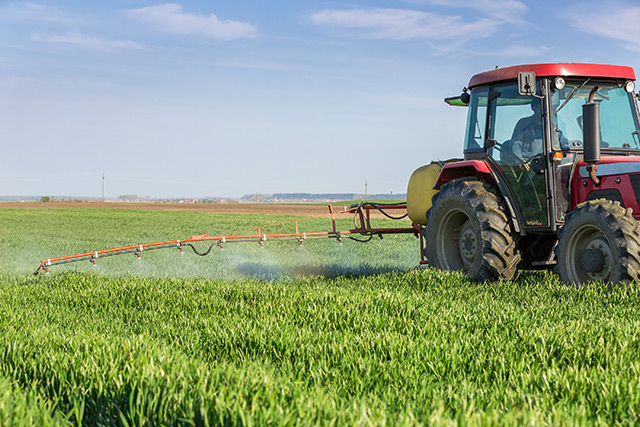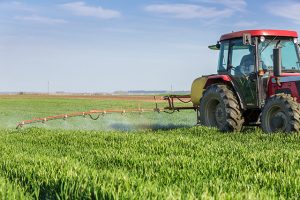Picloram — toxicity, side effects, diseases and environmental impacts
11/14/2017 / By Michelle Simmons

Picloram is an herbicide used to kill deeply rooted herbaceous weeds and woody plants in forests, rangelands, pastures, and small grain crops. This herbicide acts as an auxin mimic or synthetic growth hormone that leads to uncontrolled and disorganized growth in targeted plants. It target species include broadleaf herbs, vines, and woody plants, particularly leafy spurge.
This chemical can remain in an active form in the soil from month to years. Furthermore, it can be released from the roots of treated plants into the soil, which can harm or kill other non-targeted plants that absorbed it. Picloram has the molecular formula of C6H3Cl3N2O2.
List of known side effects
Picloram is potentially hazardous to human health. Continued exposure to this chemical can cause adverse health effects, such as weakness, diarrhea, weight loss, liver damage, and damage to the central nervous system.
This herbicide can also cause serious eye irritation and eye damage. It remains in the environment for a long time and is also harmful to the aquatic environment.
Body systems affected by picloram
According to the Centers for Disease Control and Prevention, exposure to picloram through inhalation, ingestion, skin contact, or eye contact adversely affects the eyes, skin, and the respiratory system. It can cause irritations in the skin, eyes, and respiratory tract.
Items that can contain picloram
Picloram can be found in pesticides that are used to control woody plants, brush, broad-leaved weeds such as leafy spurge, knapweeds, thistles, toadflax, birdsfood trefoil, and hoary cress. It is sold in the market with the trade names Tordon K, Tordon 22K, Outpost 22K, Trooper, Triumph 22K, Picloram K, Terva 22K, Picloram +D, Grazon P+D, Hired Hand P+D, Pathway, Sekor P+D, Surmount, Tordon 101, Tordon RTU, Trooper Pro, or Trooper P+D.
How to avoid picloram
There are several ways on how to reduce exposure to picloram when handling it. One way is to use local exhaust ventilation or respirators. Wearing protective clothing, such as suits, gloves, footwear, and headgear is a must to avoid skin contact with the chemical. Wearing an impact resistant eye protection with shield or goggles is also advisable to avoid eye contact with picloram.
Where to learn more
Summary
Picloram is an herbicide that are used to control woody plants, brush, and broad-leaved weeds, acting as an auxin mimic.
Continued exposure to picloram can result to weakness, diarrhea, weight loss, liver damage, and damage to the central nervous system.
Picloram is toxic to aquatic environment.
Picloram exposure can cause irritations in the skin, eyes, and respiratory tract.
Sources include:
Tagged Under: Picloram




















